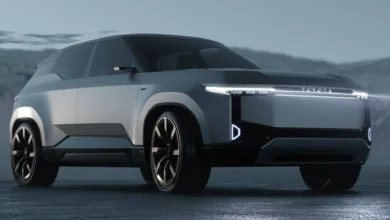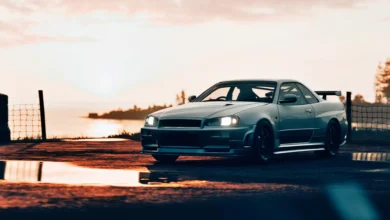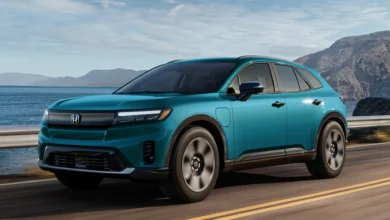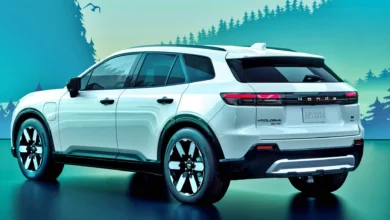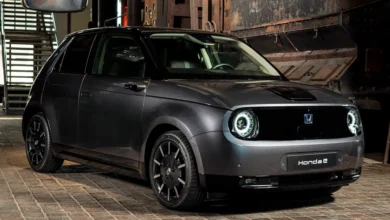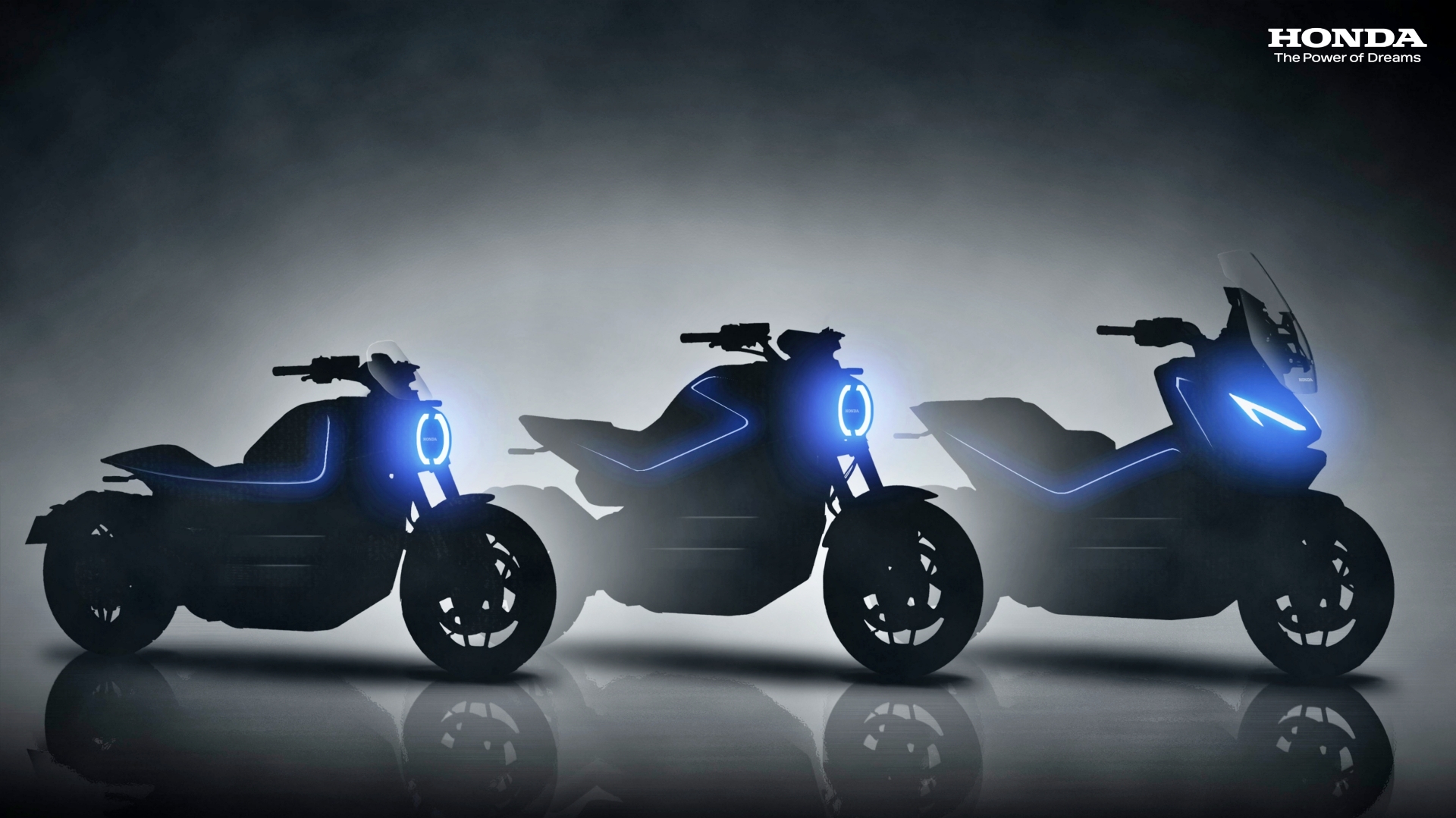
Good news from the world’s leading motorcycle manufacturer, Honda has announced a product offensive on the world of two wheels based on electric motors and batteries. Between now and 2025, Honda will have at least 10 new electric motorcycles in the different world markets where it operates. The vast majority will be of the utilitarian type.
Honda’s goal is to sell one million electric units annually by 2025, and 2.5 million by 2030, which will be 15% of its global sales. The range will combine day-to-day utility models with others with a more playful orientation (fun bikes). The first two scooters for the general public will be ready between 2024 and 2025 for Asian, European, and Japanese markets, with the possibility of exchanging compatible batteries with other brands.
Other models to come will be both electric mopeds and pedal-assist bicycles, which together account for 90% of the electric two-wheeler market. Of this type, there will be five models between now and 2024 in countries in Asia, Europe, and Japan. As for the most recreational motorcycles, three large models between 2024 and 2025, also with a view to the United States.
Honda works on a set of three essential elements: batteries, the electronic power unit (PCU), and the engine. Using its resources, it works on solid-state batteries, which has many advantages in terms of adjusting costs and providing more performance without shooting up the weight. In addition, Honda has a leading role in the standardization of batteries in various markets, including Europe.
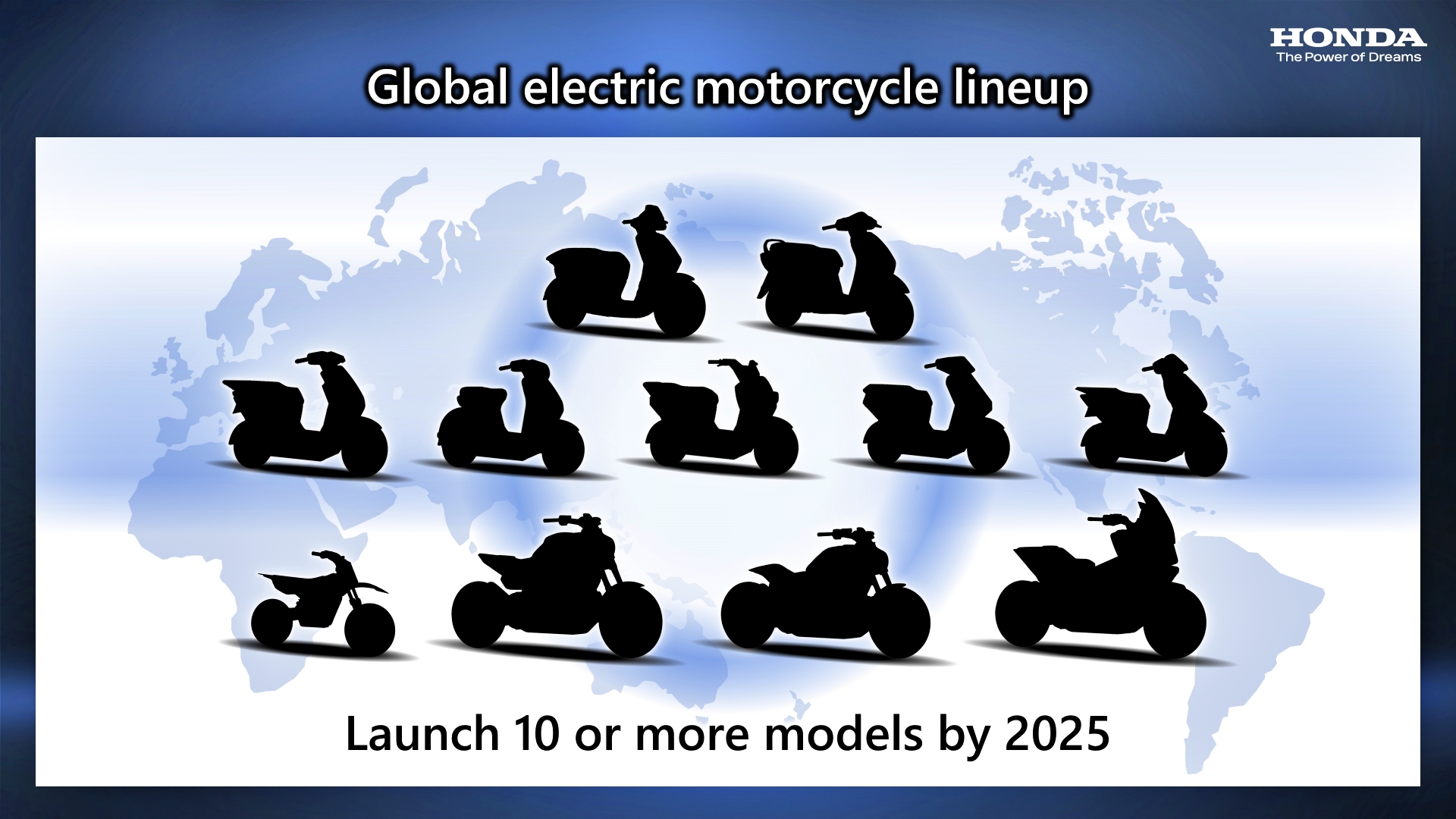
This standardization is vital to the popularity of electric motorcycles, as it will avoid the need to walk around plugging them in. It is more comfortable to exchange batteries (*), which is already done in some very densely populated areas of the world, or removable batteries to recharge them at home or work. On the other hand, Honda will also direct its business not only to selling motorcycles but motorcycles and software, which reeks of subscriptions to have certain features.
As for internal combustion engines, they will continue their development and sales in the long term. Low-carbon fuels such as gasoline/ethanol blends are relied upon as one of the emission reduction pathways. In Brazil, motorcycles already work like this, with 100% bioethanol (E100), and soon they will admit more models, both E20 (2023) and E100 (2025) mixtures.

